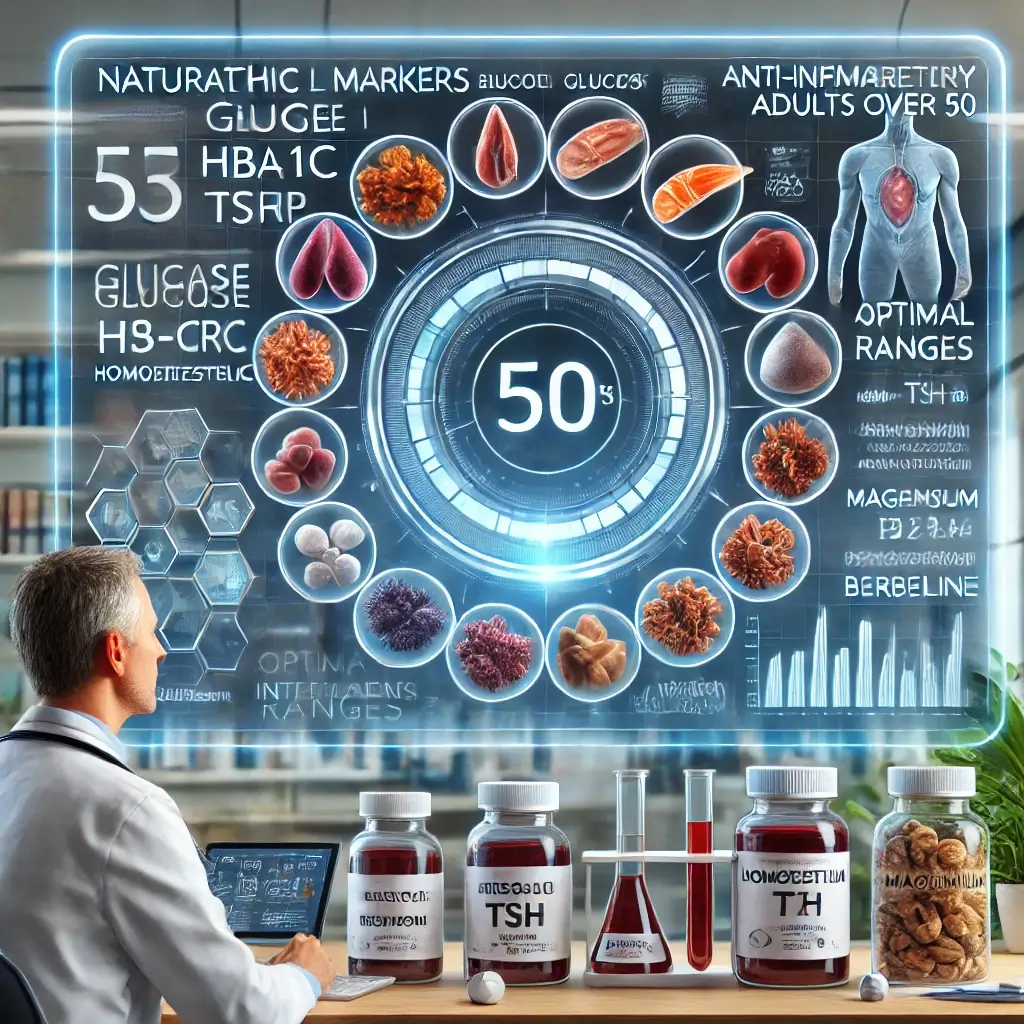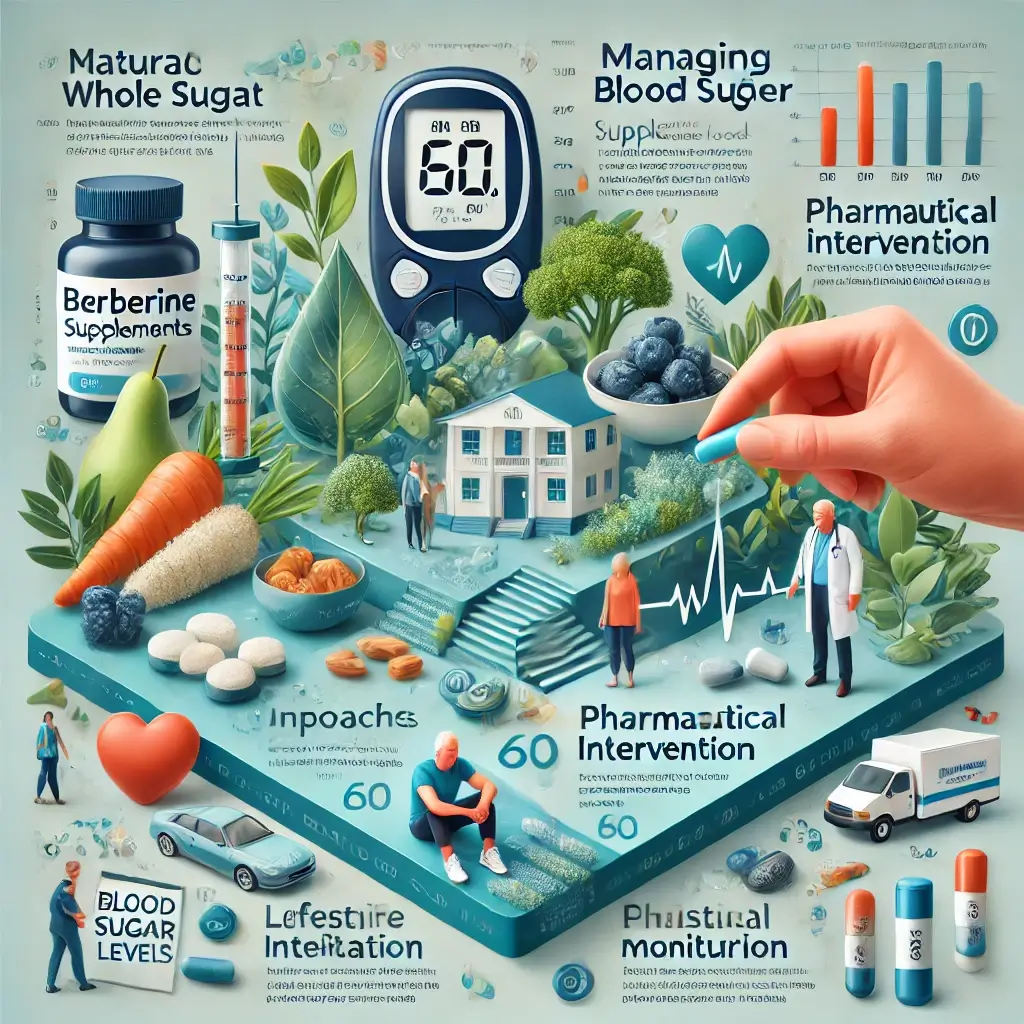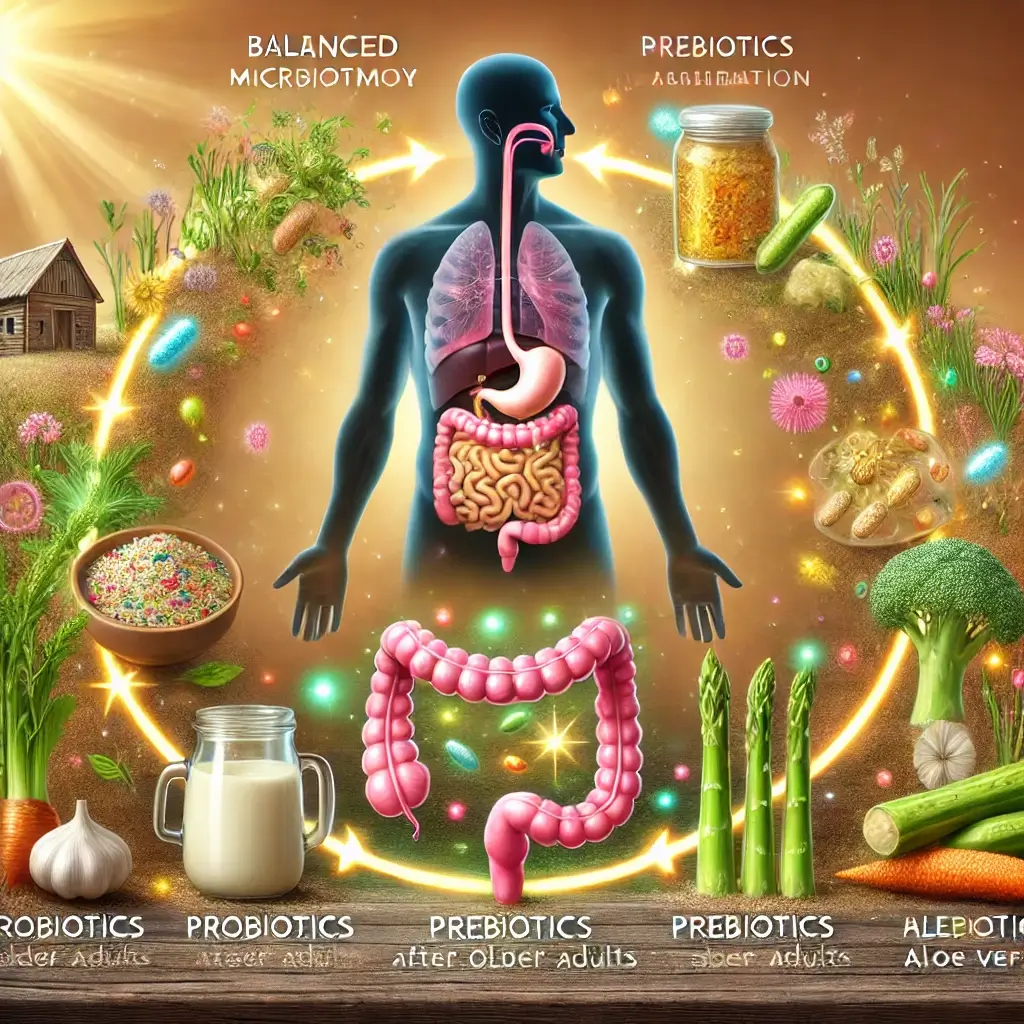Non-Invasive Joint Care: Latest Research Shows Red Light Therapy’s Impact on Aging Joint
Introduction to Age-Related Joint Health
Aging is a natural process that often brings with it a variety of challenges, including joint pain, stiffness, and decreased mobility. These issues not only affect the physical well-being of individuals but also have a significant impact on their quality of life. For years, the focus of joint health interventions has been on pharmaceutical and surgical solutions. However, the emergence of Red Light Therapy (RLT) offers an innovative and non-invasive alternative that is reshaping the way we address age-related joint health concerns.
Understanding Red Light Therapy
RLT uses specific wavelengths of red and near-infrared light, typically between 630 and 850 nm, to penetrate tissues and stimulate cellular repair and regeneration. Its ability to enhance mitochondrial function, reduce inflammation, and boost collagen production makes it particularly suitable for aging joints. With a strong safety profile and growing accessibility, RLT is rapidly becoming a popular choice for both clinicians and individuals seeking effective joint health solutions.
Purpose and Scope
This article explores how RLT works, its scientific foundations, and its real-world applications. By examining current research and practical considerations, we aim to provide a balanced perspective on this promising therapy.
Scientific Mechanisms of RLT
The therapeutic effects of RLT stem from its ability to stimulate mitochondrial activity. Mitochondria absorb light at specific wavelengths, leading to increased production of adenosine triphosphate (ATP). This boost in cellular energy enables tissue repair, reduces oxidative stress, and supports anti-inflammatory processes (Chen et al., 2022).
Research Findings on Inflammation
A 2022 study published in the Journal of Inflammation Research found that RLT significantly reduced levels of pro-inflammatory cytokines in patients with degenerative joint conditions. The study also highlighted that wavelengths between 810 and 850 nm are particularly effective for penetrating deeper joint tissues, such as those affected by osteoarthritis (Chen et al., 2022).
Collagen Benefits
Beyond enhancing energy production, RLT promotes collagen synthesis by stimulating fibroblast activity. Collagen is essential for maintaining joint elasticity and strength, both of which decline with age. A systematic review by Adams et al. (2023) concluded that RLT’s ability to increase collagen production contributes significantly to its efficacy in improving joint function and reducing stiffness in older adults.
Clinical Evidence Overview
Research Highlights:
Pain Reduction: Thompson et al. (2023) reported that RLT significantly reduced pain scores in elderly patients over a four-week period.
Improved Mobility: Studies have shown that consistent RLT use enhances range of motion and flexibility, critical factors for maintaining independence in aging populations.
Inflammation Control: Clinical trials have demonstrated that RLT lowers markers of chronic inflammation, a key contributor to joint degeneration (Adams et al., 2023).
Practical Application Guidelines
The practical application of RLT involves adherence to specific treatment protocols. Sessions typically last 5 to 15 minutes and are conducted three to five times per week. The power density of devices, usually between 20 and 100 mW/cm², ensures effective treatment while minimizing risks. Combining RLT with other therapies, such as physical rehabilitation or dietary supplementation, can amplify its benefits (Wilson et al., 2021).
Device Technology Advancement
The market for RLT devices has expanded significantly, with options ranging from professional-grade panels to compact home-use devices. Innovations such as adjustable wavelength settings and integrated safety features make these devices more user-friendly and accessible to the general public.
Device Specifications
Wilson et al. (2021) emphasized the importance of verifying device specifications, such as wavelength accuracy and power output, to ensure optimal outcomes. Professional guidance is recommended for individuals unfamiliar with RLT to maximize safety and efficacy.
Cost and Accessibility
As RLT technology advances, its cost continues to decrease, making it more affordable for consumers. Home-use devices provide a convenient option for individuals who prefer managing their joint health independently. Clinics also offer RLT as part of comprehensive care plans, ensuring accessibility for those who require professional supervision.
Safety Considerations
While RLT is generally safe, there are a few considerations to keep in mind:
Photosensitive Conditions: Individuals with photosensitivity should consult a healthcare provider before undergoing RLT.
Medications: Certain drugs, such as photosensitizing antibiotics, may interact with RLT.
Active Cancer: RLT is contraindicated for use directly over areas with active cancer.
Monitoring skin responses and treatment outcomes is essential to ensure safety. Regular follow-ups with healthcare providers can help tailor therapy to individual needs.
Final Insights
Red Light Therapy offers a scientifically validated, non-invasive solution for age-related joint health challenges. By enhancing cellular energy, reducing inflammation, and promoting collagen production, RLT provides a multifaceted approach to improving joint function and quality of life.
Future Outlook
As research continues to expand, the integration of RLT into mainstream joint care is expected to grow. Its versatility, accessibility, and safety make it an appealing option for individuals and clinicians alike. Whether used as a standalone treatment or in combination with other therapies, RLT represents a significant advancement in the care of aging joints.
References
Adams, J. L., et al. (2023). Photobiomodulation in aging joint health: A systematic review. Photomedicine and Laser Surgery, 41(2), 89-102.
Chen, Y. T., et al. (2022). Wavelength-specific effects of red light therapy on joint tissue: Molecular mechanisms and clinical outcomes. Journal of Inflammation Research, 15, 1245-1260.
Thompson, R. K., et al. (2023). Clinical applications of photobiomodulation in geriatric joint care. Aging Clinical and Experimental Research, 35(4), 421-436.
Wilson, M. B., et al. (2021). Safety and efficacy of red light therapy in elderly populations: A comprehensive review. Clinical Interventions in Aging, 16, 458-472.













